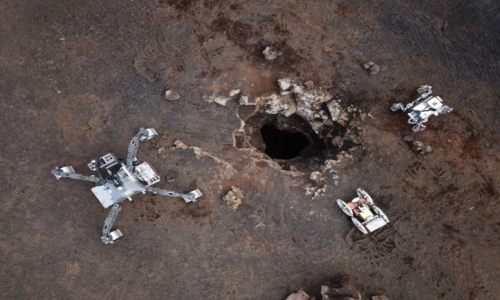


 9:51:58
9:51:58  2023-05-10
2023-05-10  1335
1335

Not only does the Amazon encompass the single largest remaining tropical rainforest in the world, it also houses at least 10% of the world’s known biodiversity, including endemic and endangered flora and fauna, and its river accounts for 15-16% of the world’s total river discharge into the oceans. The Amazon River flows for more than 6,600 km, and with its hundreds of tributaries and streams contains the largest number of freshwater fish species in the world.
Natural and cultural diversity
Equally impressive are the unfathomable numbers of mammals, birds, amphibians, and reptiles4 found across the biome. The Amazon is home to more than 30 million people living across a vast region subdivided into nine different national political systems.
According to the Coordinator of Indigenous Organizations of the Amazon Basin (COICA), about 9% (2.7 million) of the Amazon’s population is still made up of indigenous people – 350 different ethnic groups, more than 60 of which still remain largely isolated. And yet, for all of its magnitude and apparent remoteness, the Amazon Biome is surprisingly fragile and close to each one of us.
Jeopardizing a pillar of life on Earth
During the last half century, the seemingly endless Amazon has lost at least 17% of its forest cover, its connectivity has been increasingly disrupted, and numerous endemic species have been subjected to waves of resource exploitation. The economic transformation of the Amazon based on the conversion and degradation of its natural habitat is gaining momentum. Yet, as those forces grow in strength, we are also finding that the Amazon plays a critical role in maintaining climate function regionally and globally, a contribution which everyone–rich or poor–depends on.
The Amazon’s canopy cover helps regulate temperature and humidity, and is intricately linked to regional climate patterns through hydrological cycles that depend on the forests. Given the enormous amount of carbon stored in the forests of the Amazon, there is tremendous potential to alter global climate if not properly stewarded. The Amazon contains 90-140 billion metric tons of carbon, the release of even a portion of which would accelerate global warming significantly. Currently, land conversion and deforestation in the Amazon release up to 0.5 billion metric tons of carbon per year, not including emissions from forest fires, thus rendering the Amazon an important factor in regulating global climate (Nepstad et al 2008).
Reality Of Islam |
|

A new NURBS

A research

Researchers
 9:3:43
9:3:43
 2018-11-05
2018-11-05
10 benefits of Marriage in Islam
 7:5:22
7:5:22
 2019-04-08
2019-04-08
benefits of reciting surat yunus, hud &
 9:45:7
9:45:7
 2018-12-24
2018-12-24
advantages & disadvantages of divorce
 11:35:12
11:35:12
 2018-06-10
2018-06-10
 6:0:51
6:0:51
 2018-10-16
2018-10-16
al-hussain (peace be upon him)
 10:18:1
10:18:1
 2022-09-21
2022-09-21
 9:50:37
9:50:37
 2023-02-28
2023-02-28
 10:35:40
10:35:40
 2022-05-26
2022-05-26
 7:34:7
7:34:7
 2023-02-28
2023-02-28
 10:55:53
10:55:53
 2022-06-13
2022-06-13
 9:39:36
9:39:36
 2022-12-28
2022-12-28
 8:15:37
8:15:37
 2023-02-16
2023-02-16
 5:41:46
5:41:46
 2023-03-18
2023-03-18
| LATEST |